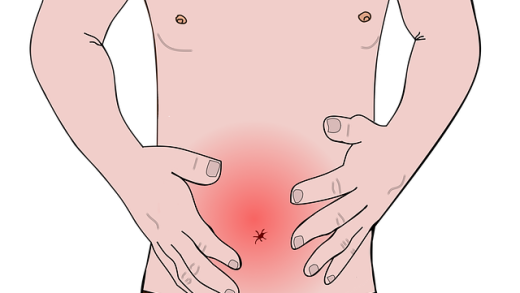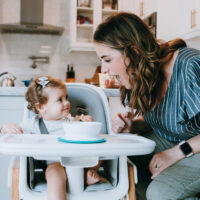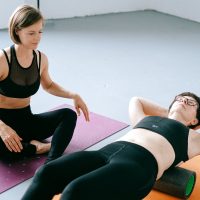For some reason, potty training doesn’t quite elicit the same sense of enthusiasm as milestones like exposing a kid to their first foods or witnessing them take their first steps.
The mess is clearly a part of this. But there’s more to it than that—you also need to understand how to potty train kids and toileting is one of the few things they completely control. You shouldn’t attempt to force your youngster to use the restroom.
The language you use with your child is crucial since youngsters decide whether or not to use the restroom. Without inciting a power struggle or unintentionally instilling feelings of failure or guilt, the objective is to empower them and their escalating yearning for independence.
Instead of using the phrase “potty training,” Montessori refers to the process of teaching children to use the restroom as “toilet learning.” The distinction, though it might seem inconsequential, emphasizes Montessori’s focus on the child’s involvement and participation in the process, whereas “training” suggests a more passive position.
The language of urination and body awareness are first learned at birth. We spend SO much time changing diapers in the early days. The chance to teach your child that they feel wet because they urinated in their diaper and that you are changing it to make their body clean and comfortable is now.
When changing diapers, it’s crucial from a Montessori standpoint to refrain from using any derogatory language (or faces!). If you describe anything as gross or unpleasant, it may subsequently affect how your child feels about using the restroom and using their body.
Diaper changes in the Montessori fashion emphasize cooperation. This can just entail explaining what you’re doing to the tiniest babies. If the infant is older, you might ask them to lift themselves.The type of diapers you use is a personal decision, but many Montessori parents use cloth diapering because cloth diapers allow the child to feel wet more than disposables, which can lead to greater awareness of what’s happening with the body.












